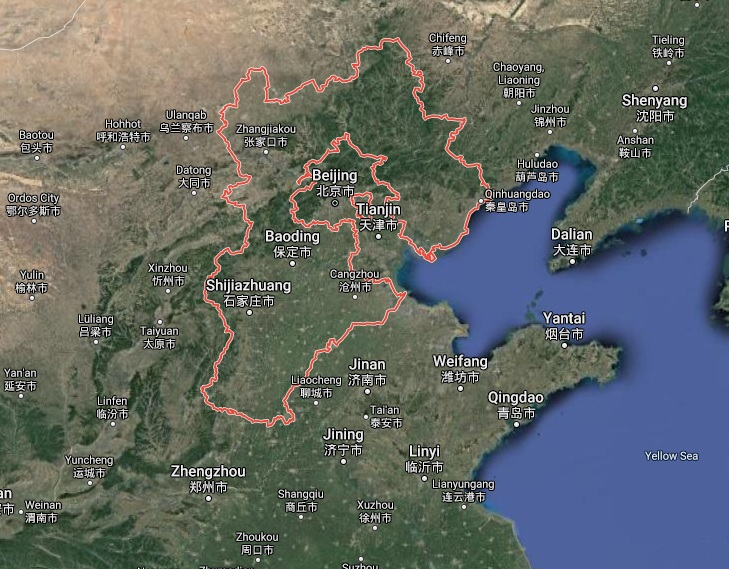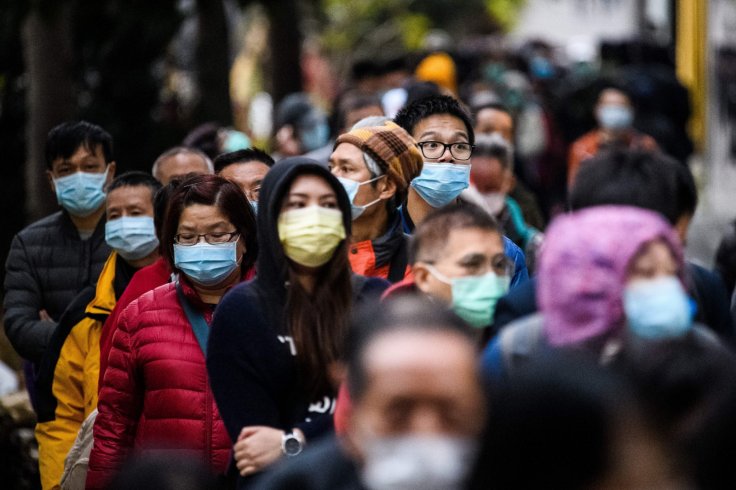In China, authorities have imposed a strict lockdown near Beijing, placing around 400,000 people under shutdown following a surge in Coronavirus cases. As per local reports, the restrictions have come into force in Anxin county in Hebei province, which is very close to Beijing.
Towards the end of 2019, when the novel Coronavirus emerged in China, the Xi Jinping's government managed to keep the new infection cases at a low level. Now, the aim is to avoid the second wave and the Chinese authorities are taking strict measures even for small surges in new areas.
Hebei Is New Target
On Sunday, the local authorities announced that the Anxin would be "fully enclosed and controlled" and the restrictions are similar to those imposed in Wuhan earlier this year. In Hebei, authorities will allow only essential workers to leave their homes, while one member of a household is allowed to go out once a day to shop for necessities.
No non-residents will be allowed to enter buildings, communities, or villages and if someone is found to be violating any of these rules, they will face strict punishment.

As reported in Chinese media, Anxin, which is around 150 km south of Beijing, has reported 18 cases since the beginning of the recent surge in Beijing two weeks ago. The area is not as densely populated as other large urban centers are but healthcare officials hope to stop the virus with strict restrictions in place.
Beijing Is Out of Risk?
Even though China's recent numbers remain low in other parts of the country, Beijing authorities fear a possible second wave. In the past 24 hours, the Chinese capital reported 14 new cases of the Coronavirus, taking the total since the mid-June outbreak in a food market to 311.
While this is a small number compared to thousands of daily cases in India and the U.S., the Chinese authorities said they reacted as quickly as possible to contain the virus spread. The officials put several neighborhoods in Beijing under restrictions and limited the travel. A massive wave of fresh testing was also rolled out.
The state-run media claimed that China has successfully "flattened the curve" in recent months. After passing 80,000 confirmed cases at the beginning of March, China has added only around 4,700 since then. The healthcare officials said since mid of June, new COVID-19 cases have been mostly limited to Beijing with some spillover in Hebei.
The World Is Still Struggling
China, from where the virus first emerged, may have taken the spread of the Coronavirus under their control and the authorities are trying to keep the numbers low compared to the situation elsewhere in the world. On Sunday, June 28 the COVID-19 death toll surpassed half a million mark, while the global infections reached 10,145,900.

The high number of deaths has led to changes in traditional burial rites around the world, with morgues and funeral businesses overwhelmed and loved ones often barred from bidding farewell in person. In Israel, the custom of washing the bodies of the Muslim deceased is not permitted, and instead of being shrouded in cloth, they must be wrapped in a plastic body bag.
The Jewish tradition of Shiva where people go to the home of mourning relatives for seven days has also been disrupted. In Italy, Catholics have been buried without funerals or a blessing from a priest. In New York, city crematories were at one point working overtime, burning bodies into the night as officials scouted for temporary internment sites.
While the overall fatality rate has flattened in recent weeks, healthcare experts have expressed concerns about increasing number of new cases in U.S., India, and Brazil, as well as new outbreaks in parts of Asia. As per recent reports, more than 4,700 people are dying every 24 hours from the virus infection, based on an average from June 1 to 27.









